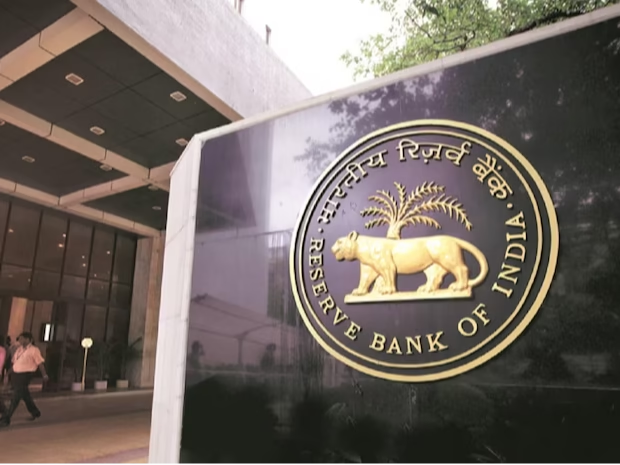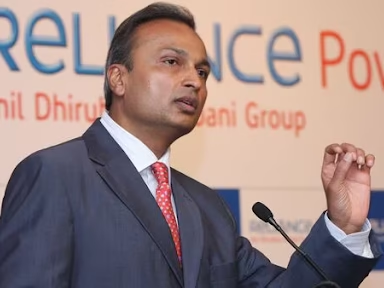
New Delhi1 minute ago
- Copy link
The meeting of the Reserve Bank of India i.e. RBI’s Monetary Policy Committee (MPC) is starting today i.e. February 5. The three -day meeting will run till 7 February. In this meeting headed by RBI Governor Sanjay Malhotra, a decision will be taken on the interest rate. This will be the first meeting headed by him. The RBI has kept the repo rate unchanged from February 2023 at 6.5%.
Economist (India and Asia), an economist (India and Asia) of Bank of America Securities, and Elara Securities Economist Garima Kapoor hopes that the RBI will reduce the repo rate in this meeting by 0.25% to 6.25%.
The last change took place in February 2023 The last meeting of the Monetary Policy Committee took place in December, in which the committee did not change the rates for the 11th consecutive time. RBI last raised rates by 0.25% to 6.5% in February 2023.

Experts expect, this year can be cut by up to 1% in several stages. If the Reserve Bank reduces interest rates, then the burden of EMI on the common people will be reduced. This will save additional. According to experts, RBI can cut the repo rate by cutting the repo rate by up to 1% this year.
With this, the repo rate can be brought to 5.50% level by the end of 2025. Also, the cash reserve ratio (CRR) can increase the cash in the RBI banking system by decreasing 0.50% or purchasing bonds from the open market.
Policy rate is a powerful tool to fight inflation Any Central Bank has a powerful tool to fight inflation as a policy rate. When inflation is very high, the Central Bank tries to reduce money flow in the economy by increasing the policy rate.
If the policy rate is high, then the loan from the Central Bank to the banks will be expensive. In return, banks make loans expensive for their customers. This reduces money flow in the economy. If the money flow is low, there is a decrease in demand and inflation decreases.
Similarly, when the economy goes through a bad phase, there is a need to increase money flow for recovery. In such a situation, the Central Bank reduces the policy rate. This makes banks cheaper from central bank and customers also get loans at a cheaper rate.



